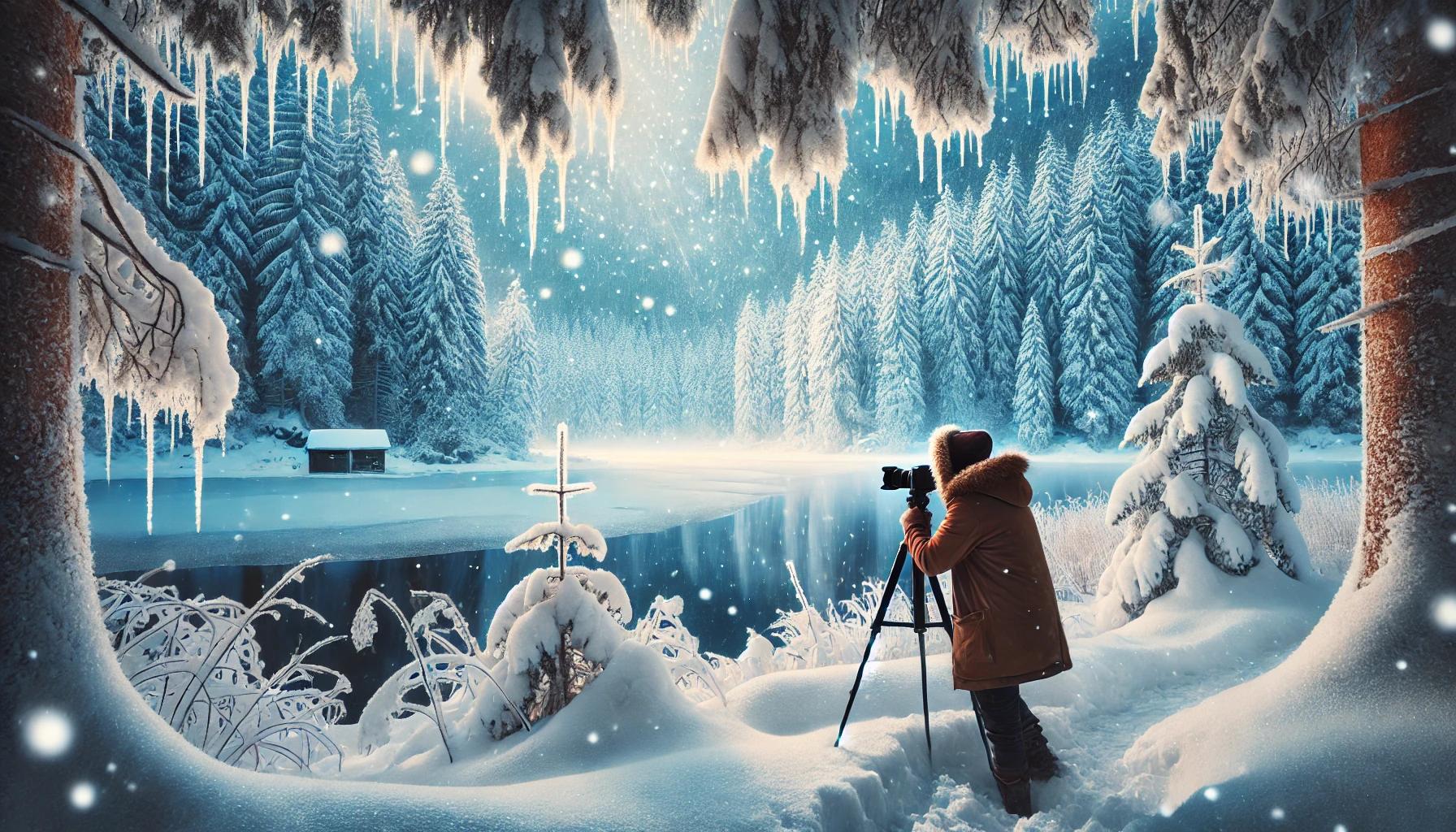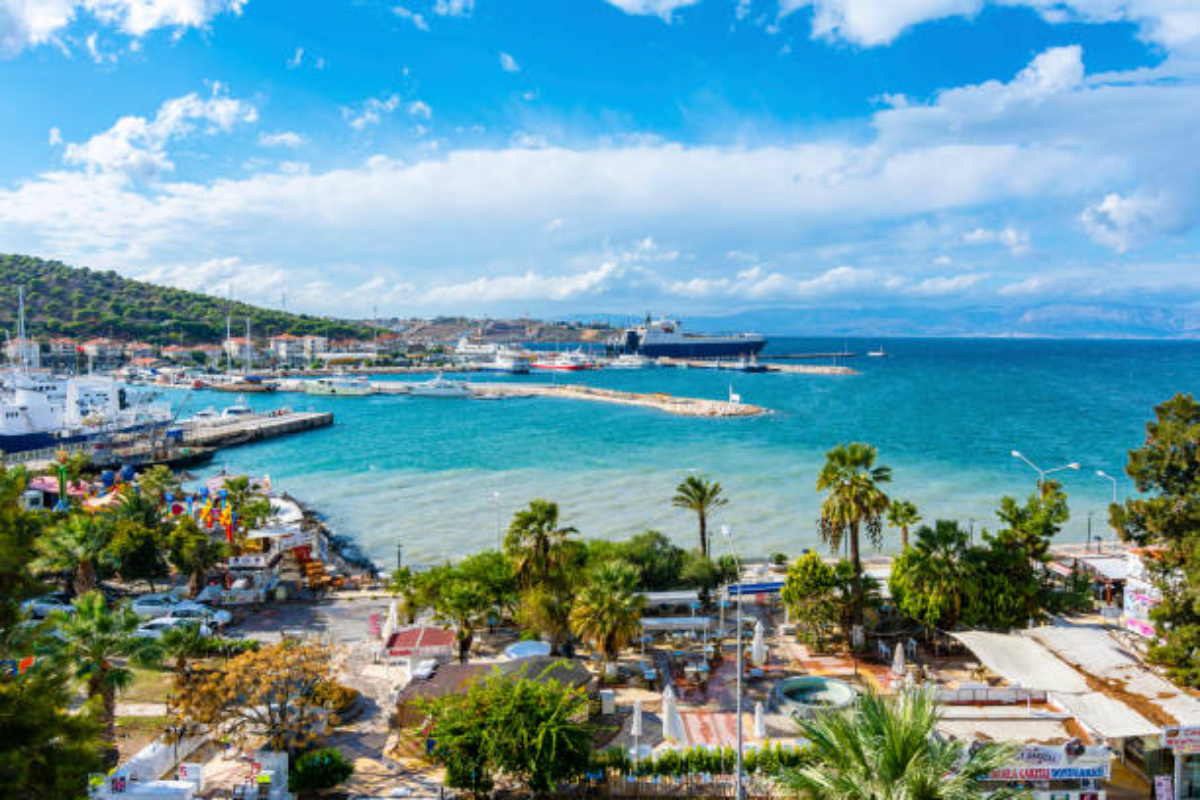Photography Under Snowfall: Capture the Magic of Winter Landscapes

Photography Under Snowfall: Capture the Magic of Winter Landscapes
The magical atmosphere of winter, with snowflakes falling to the ground, creates unique visuals, offering photographers unparalleled opportunities. "Photography Under Snowfall" helps you discover the key points to best capture these mesmerizing landscapes. In this article, you will learn tips and techniques for photographing in snowfall and what to pay attention to when shooting during the winter season.
The Importance of Photography Under Snowfall
Snow reflects natural light and adds beauty to the surrounding objects. Snow-covered ground, trees, and structures add a pure white touch to your photos, while the effect of natural light creates wonderful contrasts in snowy landscapes. Therefore, photography under snowfall is a valuable opportunity, especially for nature, landscape, and portrait photographers. Additionally, the silence and tranquility of snow deepen the atmosphere of the photo and draw the viewer into the moment.
Things to Consider While Photographing Under Snowfall
-
Choosing the Right Equipment
When deciding to shoot in snowfall, it is essential that your equipment is weather-resistant. Snow can damage your camera and lenses. Therefore, using weather-sealed cameras and waterproof lens covers is crucial. Also, mastering your camera settings will help you achieve better results in snow-covered environments. -
Pay Attention to Exposure Balance
Snow reflects light, which can cause overexposure in your photos. To avoid this, you can use exposure compensation to ensure a more accurate exposure. Generally, underexposed images are preferred when photographing in snowfall. -
Set the White Balance
Snow can sometimes appear with cold blue tones in your photos. To fix this, adjust the white balance manually to capture the snow's natural white color accurately. Achieving true white balance will make your photo more realistic and aesthetically pleasing. -
Use Light and Contrast
Snow-covered areas often cause excessive light reflection. This can create high contrast in your photos. Especially during sunrise or sunset, the interplay of light on snow can add a dramatic effect to your images. By utilizing these light games, you can create a strong atmosphere in your photos. -
Comprehensive Composition
In snowy landscapes, wide-angle shots can better showcase the unique texture of snow. However, don’t limit yourself to wide shots; close-up details are a great opportunity to highlight the snow’s texture, snow accumulation on trees, or footprints on the snow.
Types of Photos to Take Under Snowfall
-
Nature and Landscape Photography
Snow-covered mountains, forests, and lakes are some of the most beautiful examples of winter landscapes. Snow makes all colors and shapes in nature more distinct, adding a new dimension to your landscape photos. -
Portrait Photography
Taking portraits in the snow, especially with snowflakes falling on the model, can result in very striking photos. You can create a natural background that complements the model’s winter attire. Portraits taken with falling snowflakes can create a romantic and mystical atmosphere. -
City and Street Photography
Snowy street photos allow you to explore the city from a different perspective. Especially during the evening, the lights from street lamps merging with the snow provide wonderful visual opportunities. Photos that show how daily life adapts to winter conditions carry social meaning. -
Macro Photography
Snowflakes, each with unique microscopic structures, are very eye-catching. Capturing macro photos of snowflakes resting on top of snow or flowers can create special and artistic shots in photography.
Health and Safety When Photographing Under Snowfall
Cold weather conditions can make it challenging to take photos outdoors for extended periods. Therefore, it is important to wear the right clothes when photographing in snowfall, using accessories to keep your hands and feet warm. Also, snow-covered ground may pose a slipping risk, so be cautious and wear appropriate footwear.










